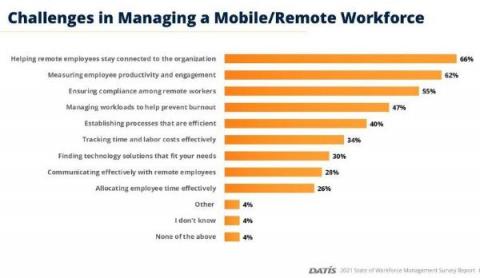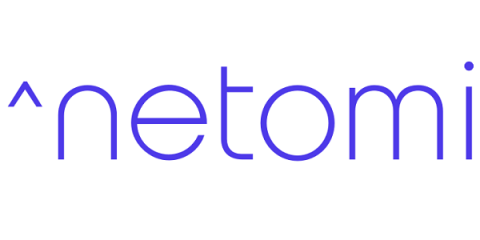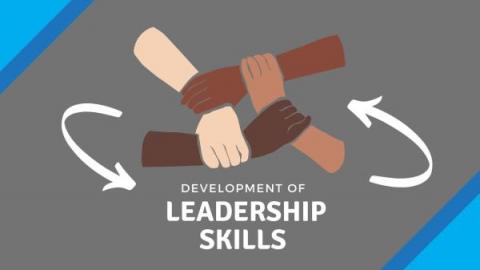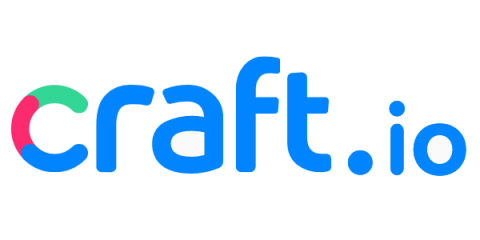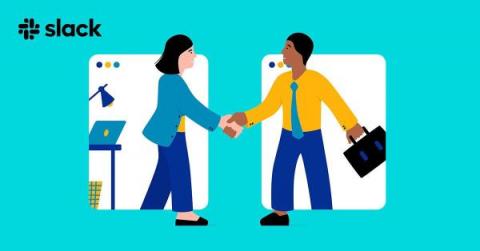10 best encrypted messaging apps for secure business communication in 2022
Many people are looking for encrypted messaging apps to securely communicate with their coworkers, friends, and family. While there are other ways to protect your data, end-to-end encryption has become a standard security feature in both consumer and business messaging apps. 🗝️ Find out what are the best encrypted messaging apps today, how encryption works, and how else you can ensure highest security standards while texting.



